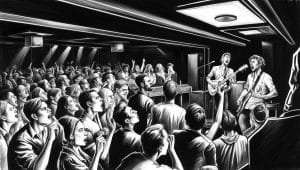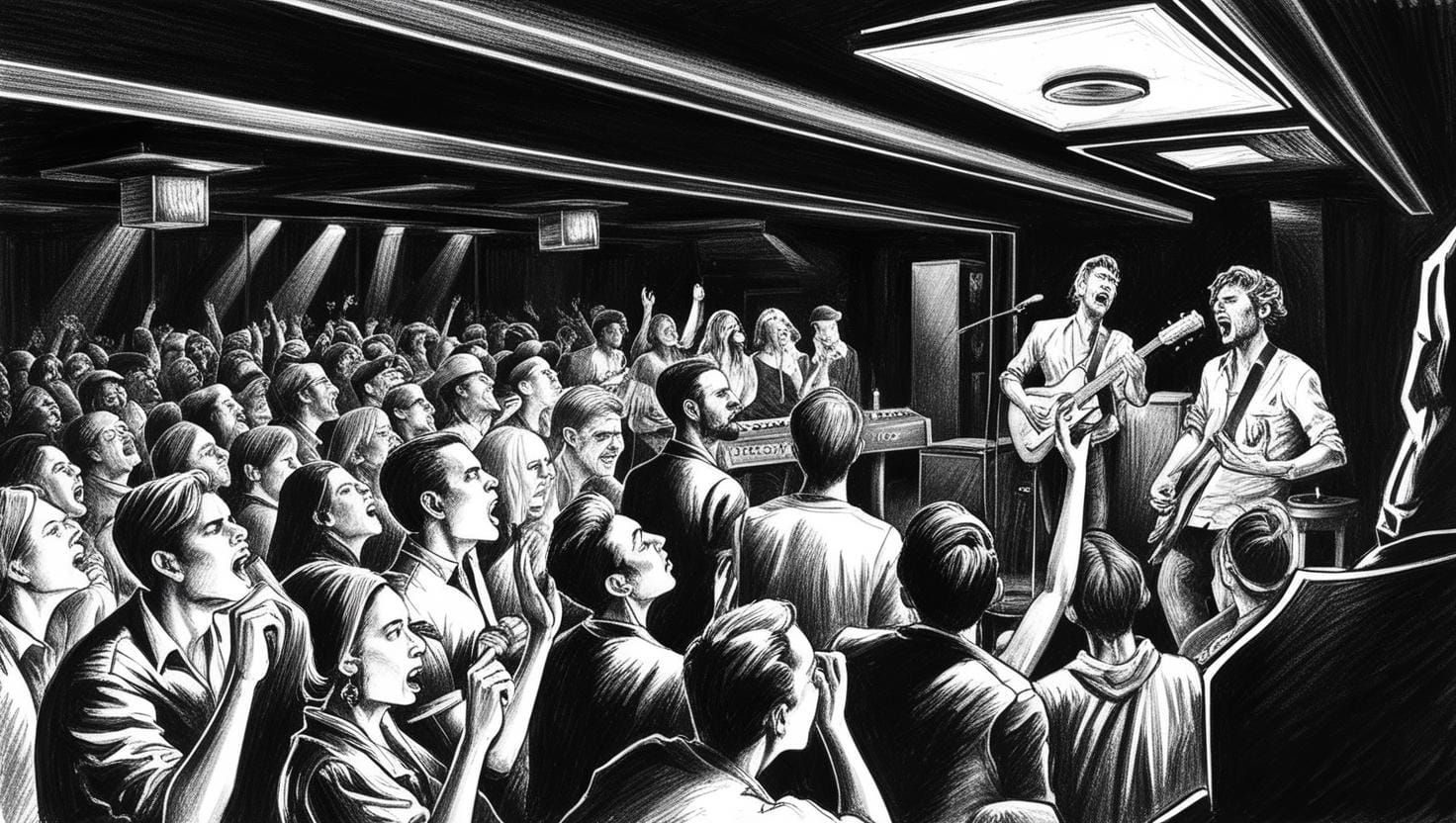
Underground music has long been a countercultural force, resisting mainstream influence while shaping artistic innovation. This movement, often associated with DIY ethics, independent labels, and subversive sounds, has played a significant role in the evolution of modern music. From the jazz speakeasies of the 1920s to the electronic raves of the 1990s and beyond, underground music has always been a sanctuary for free expression and cultural rebellion.
What This Article Covers
-The origins of underground music
-How different music movements shaped the underground scene
-Key genres and their impact on music history
-The role of technology in underground music’s evolution
-How underground music thrives in the digital age
1. The Roots of Underground Music: Early 20th Century (1920s-1950s)
The concept of underground music dates back to the Prohibition era when jazz musicians performed in hidden speakeasies. During this time, musicians like Louis Armstrong, Duke Ellington, and Bessie Smith thrived in secret venues, pushing musical boundaries while defying societal norms.
Key Characteristics:
✔️ Non-commercial appeal – Prioritizes creativity over mass-market trends.
✔️ Independent production – Often self-funded or supported by indie labels.
✔️ Alternative distribution – Promoted via underground clubs, independent radio, and online platforms.
✔️ Subcultural connections – Tied to countercultural and activist movements.





Leave a Reply